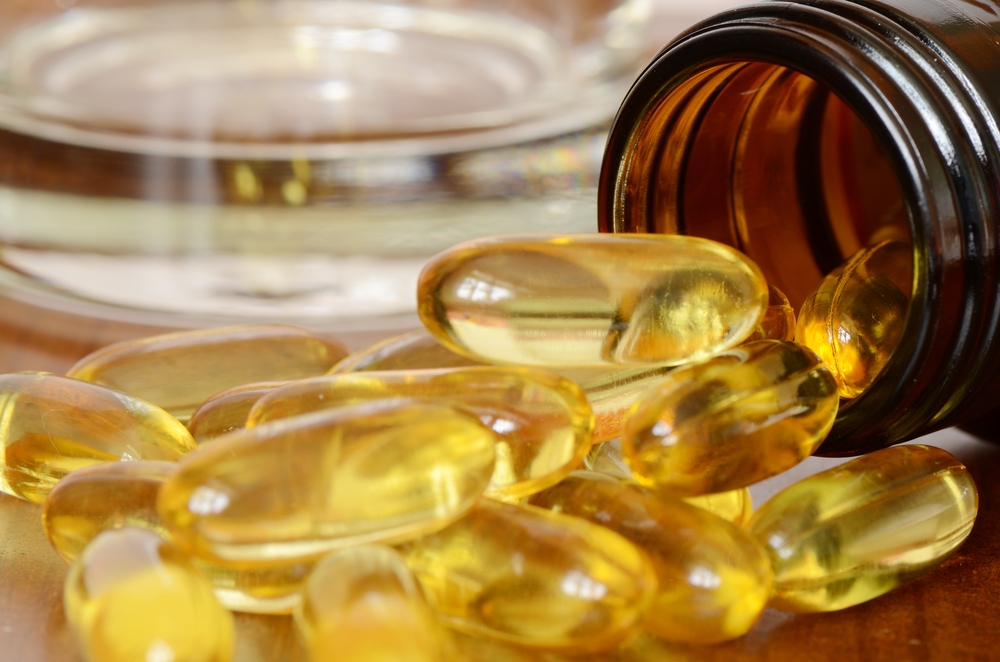THE POWER OF FATTY ACID

NEW PARMA / march-april 2009
In our present society we do not make enough use of food with large amounts of omega-3. Some omega-3 fatty acids are present above all in seeds and plants typical of cold climates, in the green part of vegetables (linolenic acid) and in meat. They can also be found in the oil extracted from cold-sea fish, such as mackerel, salmon, herring, tuna and cod (DHA and EPA).
With the ever growing global food market and the consequent need to process food on an industrial scale, the majority of people eat processed food or food which undergoes modification.
Moreover, food-processing companies aim precisely at removing omega-3 fatty acids from food in order to prevent deterioration, thus extending its expiry date. Actually, food containing omega-3 is more easily subject to deterioration since polyunsaturated fatty acids attract oxygen. Therefore, the food easily oxidises or goes bad.
Ironically, the fact of attracting oxygen easily is the very reason why unsaturated fatty acids are so important for our health: they help carrying oxygen in our body. Instead, because of industrial food processing, the greatest part of omega-3 is removed and what is left is probably destroyed by hydrogenation. Hydrogenation is the process by means of which hydrogen is added to unsaturated liquid oils – which deteriorate easily – to make them saturated, solid and long-lasting. A typical example is margarine. Yet, in this process oils are refined through high temperature. As a consequence, structural modifications occur in fatty acids, which go from the “CIS” form – the only form existing in nature – to the “TRANS” form. About 10% of the food ration is thought to be provided by “trans” fatty acids. This phenomenon causes concern, since the organism cannot distinguish “trans” fatty acids in the digestion process, assimilation and incorporation into more complex molecules such as those which form cellular membranes. “Trans” fatty acids act like a poison which blocks essential fatty acids.
The diet in the past and the traditional Mediterranean diet were much richer in omega-3 than the diet in our present day.
The ratio between omega-6 and omega-3 fatty acids is considered to be about 1, while nowadays it rises to at least 10, or even 30. This unbalance causes an increase in the formation of type 2 prostaglandin, which is responsible for inflammation leading to the main chronic degenerative diseases typical of our modern society. During German occupation in World War II, since processed food was hard to find, the Norwegians had to go back to their traditional diet based on fish, beans and wholegrain cereal. They registered a 10% decrease in diseases such as schizophrenia, cardiovascular diseases and cancer.
Bearing in mind that at least 30% of the human brain is made of DHA, it is easy to understand the importance of omega-3 for the central nervous system. In fact, maternal milk is extremely rich in DHA. Studies carried out on babies fed with artificial milk – which lacks DHA like all kinds of artificial milk – showed that these babies’ risk of contracting neurological dysfunctions later on in their lives doubled compared with other babies. According to experimental evidence, omega-3 can positively influence the resistance to insulin, thence they work as prevention against diabetes. A 1993 study led to the discovery that insulin-resistance is related to the kind of fatty acids of which cellular membranes are made. The more omega-3 and omega-6 are contained in the cellular membranes, the greater their sensitivity to insulin; the more saturated fatty acids there are, the higher the resistance. Omega-3 fatty acids can act on the permeability and sensitivity of cellular membranes to insulin, therefore they probably have ergogenic effects, that is they can improve performance in sports activities, making muscular cells more permeable to nutrients such as glucose and amino acids.
Among the biological effects of omega-3 we can mention an increase in the coagulation time, reduced platelet adhesiveness, a decrease in cholesterol and triglycerides levels, an improved fluidity of the membranes – above all of red blood cells. This leads to better oxygen transportation to peripheral tissues and to the production of anti-inflammatory vasodilatator prostaglandin.
For all these reasons, polyunsaturated fatty acids – above all omega-3 – seem to have a fundamental role in human health.